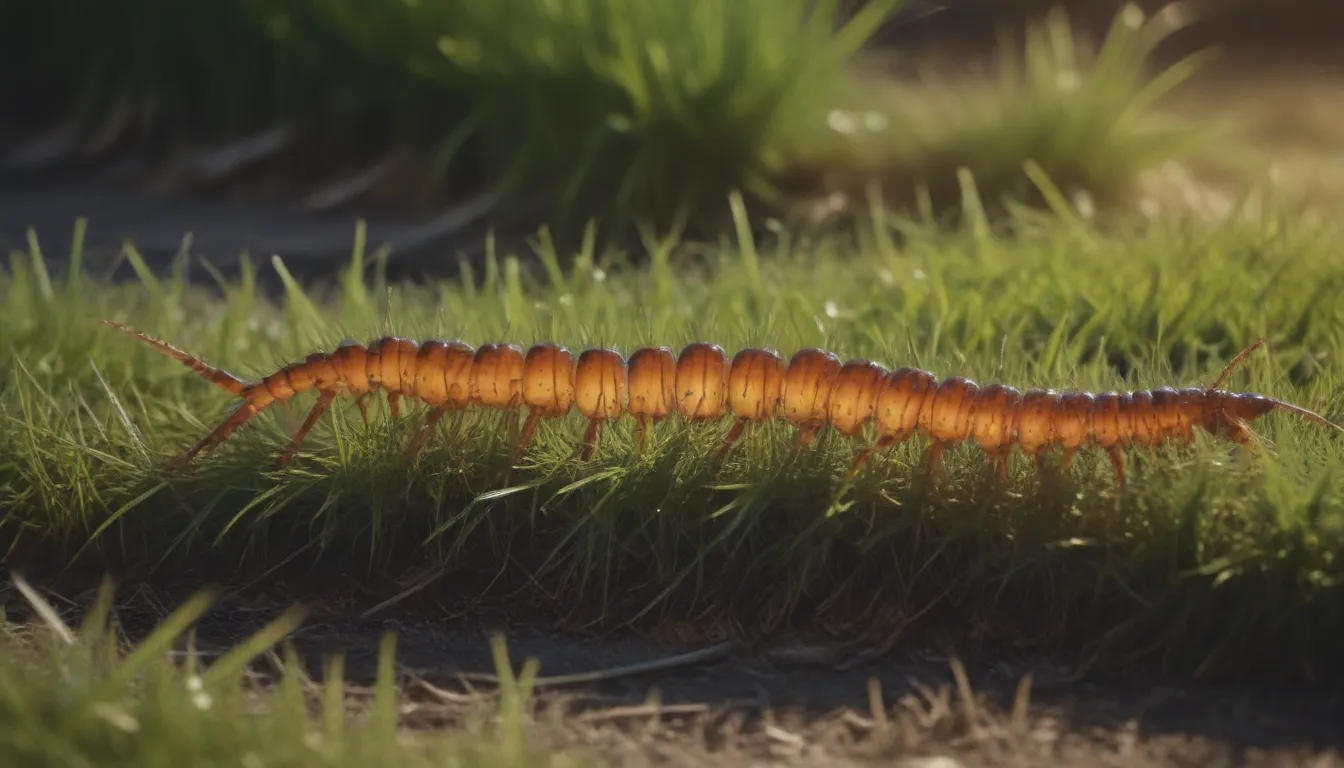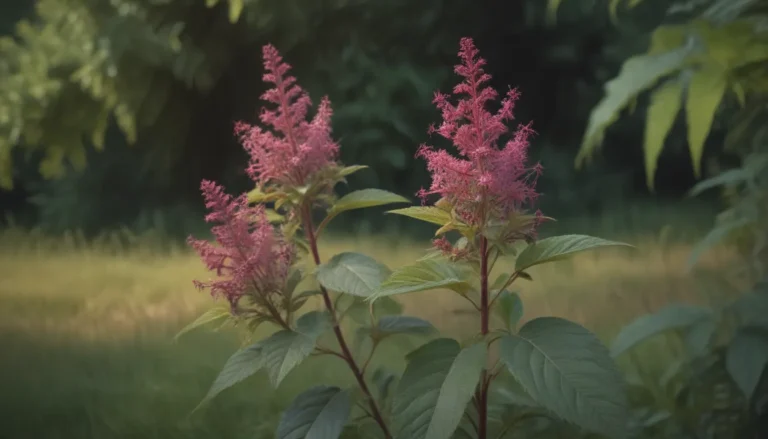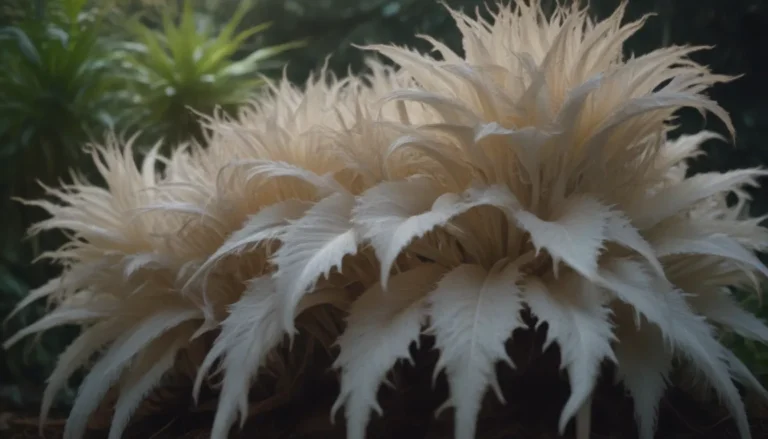Everything You Need to Know About Growing and Caring for Centipede Grass

Are you looking to create a lush, low-maintenance lawn that thrives in warm climates? Centipede grass might be the perfect choice for you. This type of grass is a favorite among homeowners in the southern United States, known for its unique appearance and easy care requirements. In this comprehensive guide, we will explore everything you need to know about growing and caring for centipede grass, from soil requirements to common pests and diseases. So grab your gardening gloves and let’s dive in!
What is Centipede Grass?
Centipede grass is a warm-season grass that is popular in regions from South Carolina to Texas. It gets its name from the way the stems grow from the stolons, giving them a centipede-like appearance. While centipede grass grows slowly, taking about two years to form a solid turf, it is known for being low-maintenance, earning it the nickname “the lazy man’s grass.” The grass has a lighter color compared to other warm-season turfgrasses, making it a visually appealing option for your lawn.
Centipede Grass Care
Taking care of centipede grass is relatively straightforward, but there are a few key steps to keep in mind to ensure its health and vitality. Here are some essential tips for caring for your centipede grass:
- Weed Control: Centipede grass grows slowly, so it is important to keep weeds under control. Be cautious when using herbicides, as centipede grass is sensitive to certain types.
- Mowing Height: Start mowing your centipede grass at two inches in the spring and gradually reduce the height in small increments with each mow. Aim for a final height of 1.5 to 1 inch.
- Dethatching: Ensure thatch does not exceed ¼ inch, as this can hinder turf growth.
- Watering: Centipede grass prefers areas with less than 40 inches of rainfall per year. Water deeply to encourage root growth and avoid shallow watering.
- Fertilization: Centipede grass requires less fertilizer compared to other turfgrasses. Avoid over-fertilizing, as this can make the grass more susceptible to cold injury.
- Mowing Frequency: Centipede grass is slow-growing and requires infrequent mowing, making it a low-maintenance option for your lawn.
Centipede Grass Growing Conditions
To ensure that your centipede grass thrives, it is important to provide the right growing conditions. Here are some key factors to consider:
- Light: Centipede grass thrives in full sunlight and does not do well in shaded areas.
- Soil: Sandy, slightly acidic soil is ideal for centipede grass. Test the pH of your soil before planting and make any necessary adjustments to ensure optimal growth.
- Water: Centipede grass is drought-tolerant but may show signs of stress during prolonged dry periods. Water deeply to encourage strong root development.
- Temperature and Humidity: Centipede grass prefers warm, humid climates and is not cold-tolerant. Be prepared for the grass to turn brown in cooler temperatures and bounce back in the spring.
Types of Centipede Grass
Centipede grass comes in several varieties, each with its own unique characteristics. Here are some popular types of centipede grass:
- Centennial: Known for its low maintenance requirements and dark green color.
- Hammock: A popular choice for coastal areas due to its salt tolerance.
- Oaklawn: A cold-hardy variety that can withstand cooler temperatures.
Growing Centipede Grass from Seed
If you prefer to grow centipede grass from seed, follow these steps for successful establishment:
- Timing: The best time to seed centipede grass is in May or June for optimal growth.
- Seed Quantity: Use one-quarter to one-third pound of seed per 1,000 square feet.
- Germination: Expect germination to occur 14 to 28 days after seeding.
- Maintenance: Water lightly, keep the soil moist, and follow instructions for starting a lawn from seed.
Winter Care for Centipede Grass
While centipede grass is relatively low-maintenance in the winter, there are a few steps you can take to ensure its health:
- Watering: If there has been a lack of rainfall, water your grass to prevent dehydration.
- Weed Control: Treat any weeds before the first frost to prevent them from spreading.
- Mowing Height: Maintain a mowing height of 2 inches throughout the winter to protect your grass.
Common Pests and Plant Diseases
Centipede grass is susceptible to certain pests and diseases that can affect its health. Here are some common issues to watch out for:
- Large Patch: Also known as brown patch, this fungal disease can kill areas of grass up to 20 feet. Treat with fungicides in the fall when temperatures are below 70 degrees F.
- Centipede Grass Decline: Older turf may be affected by grass decline, leading to patches of dead grass in the spring. Proper lawn care can help prevent this issue.
Common Problems with Centipede Grass
While centipede grass is known for its easy care requirements, there are a few common problems to be aware of:
- Dead Patches: After a cold winter, dead patches may appear in your grass. Use low nitrogen fertilizer to encourage growth.
- Weed Growth: Weeds can be a common issue in centipede grass. Remove weeds by hand and treat affected areas with weed killer.
In conclusion, centipede grass is a fantastic option for homeowners looking for a low-maintenance, visually appealing lawn in warm climates. By following the tips and guidelines outlined in this guide, you can ensure that your centipede grass thrives and remains healthy throughout the year. With proper care and attention, your centipede grass lawn will be the envy of the neighborhood!





